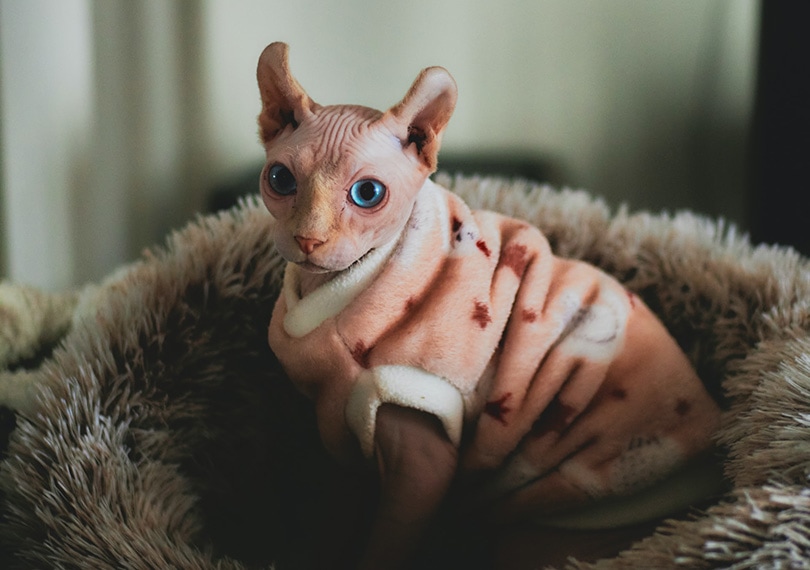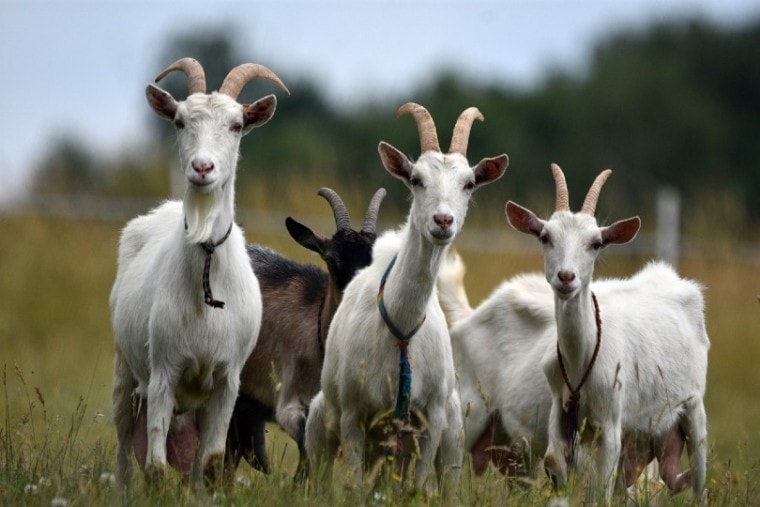
Note: This article’s statistics come from third-party sources and do not represent the opinions of this website.
Goats are versatile livestock animals that are used in many different agricultural settings. They are well-suited for a wide range of landscapes and can be used to produce a variety of products, including milk, cheese, skins, fiber, and meat. Goats are also able to digest plant material that other livestock cannot, which is beneficial in areas with high plant diversity.
Given all their advantages, it may come as a surprise that goats are not more popular in the United Kingdom. There are roughly 110,000 goats in the UK. This hardy, intelligent, and social animal is far less commonplace on farms around the country than pigs, cattle, or sheep. UK consumers are not as keen on goat meat as they are on other meats such as beef, chicken, and pork and while goat milk is gaining traction in the dairy market, it has a long way to go before it catches up to cow’s milk in terms of consumption.
Let’s look at some key statistics about goats in the UK in order to get a better understanding of the factors driving their numbers.
The Top 7 UK Goat Statistics
- There are over 110,000 goats in the United Kingdom.
- England is home to 85% of the UK’s goats.
- A total of 40,000 to 45,000 goats are used in the British dairy goat industry.
- British goats produce fewer than 34 million liters of commercial milk each year.
- Almost all UK dairy goats are intensively farmed.
- In the UK, herd sizes of up to 1,000 goats are raised on commercial farms.
- Every year, approximately 50,000 dairy goat kids are butchered in the UK.

Top UK Goat Population Statistics
1. There are over 110,000 goats in the United Kingdom.
[UK Animal Plant and Health Agency]Among the many benefits of goats are their meat, milk, fur, and skin, and their low maintenance requirements. Their short gestation periods make them ideal for dairy production and they supply more milk than sheep. Although goats are not an uncommon sight on farms across the United Kingdom, the industry is still not a notable livestock sector. The British goat industry is small—especially compared to other countries with a similar climate—but it is beginning to grow steadily.
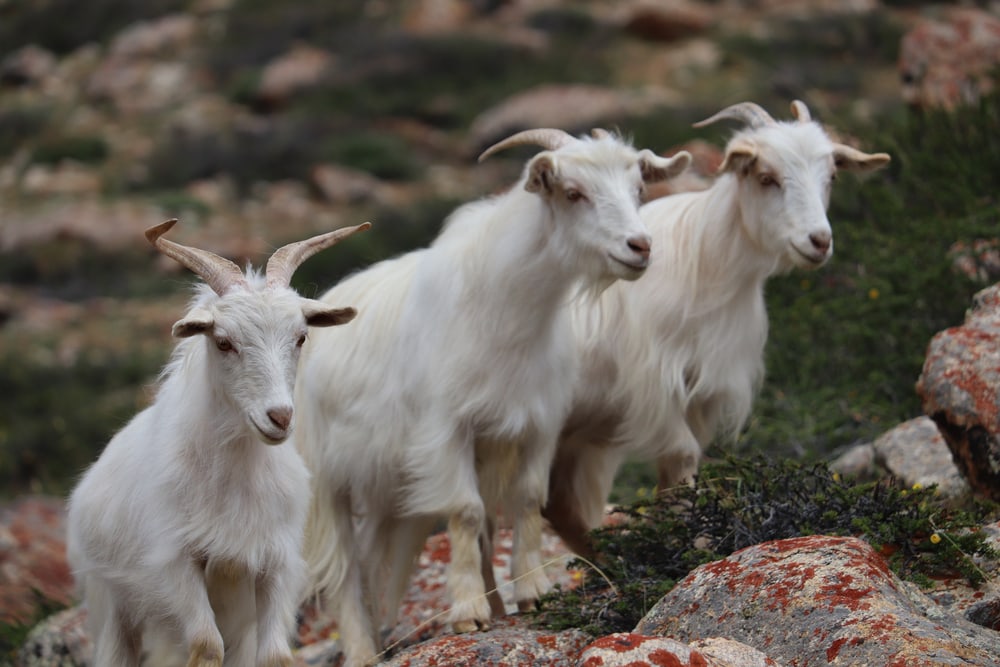
2. England is home to 85% of the UK’s goats.
[UK Animal Plant and Health Agency]The English countryside is home to an astounding 85% of the UK’s goats. Interestingly, there is a significant difference between the number of goats living in different parts of England. England’s York, Somerset, and Worcestershire counties have the highest concentrations of commercial goat operations. Despite these disparities, all regions have a range of habitats that can easily accommodate goat populations.
3. A total of 40,000 to 45,000 goats are used in the British dairy goat industry.
[International Goat Association]It is common for female goats to be pregnant almost continuously, just like dairy cows. There will be 1–3 kids born to a goat during her pregnancy, which lasts approximately 150 days. The female kids are likely to enter the milk production chain, and the males are likely to be killed or sold for meat. A goat’s lifespan is approximately 15 years.
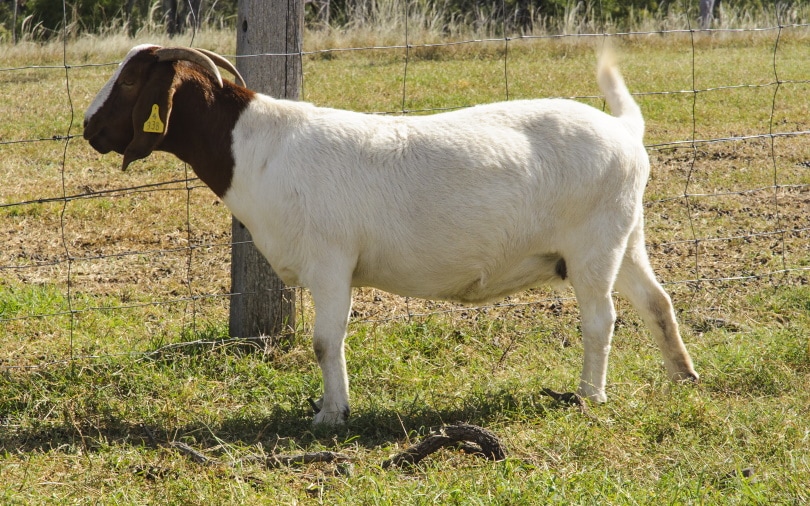
4. British goats produce fewer than 34 million liters of commercial milk each year.
[International Goat Association]Comparatively, about 15 billion liters of milk were produced by almost 2 million dairy cows. Therefore, the dairy goat sector in the UK has a relatively small economic impact. The milk produced by these animals is not as popular as that produced by cows, and there is a limited market for their products. There are some small farmers who keep dairy goats for personal use, but most dairy goat herds are owned by larger farmers. UK goat milk production still represents less than 0.2% of the country’s total cow milk production.
5. Almost all UK dairy goats are intensively farmed.
[Dean Farm Trust]The majority of intensive goat farms in the UK are zero-grazing, which means that the goats are housed indoors without access to pasture or fresh air. Milking parlors are critical to the success of dairy goat farms. Various types of parlors are used in the UK, but the most popular tend to be rotary parlors due to their high throughput. Stockmen can focus on the animals by using automatic cluster removal, feed metering, milk metering, and teat spraying systems. The accurate measurement of milk yield and the ability to target feeding to higher-yielding goats are some of the benefits of milk metering.

6. In the UK, herd sizes of up to 1,000 goats are raised on commercial farms.
[International Goat Association]The average size of commercial goat dairy farms in the UK is between 700 and 1,000 goats. Grazing is non-existent on these farms as they are designed to maximize milk production. These farms are typically operated by two to three people, as well as the owner. It is common for goats to be kept indoors on these farms, where two milkings per day are performed.
7. Every year, approximately 50,000 dairy goat kids are butchered in the UK.
[International Goat Association]Every year, approximately 50,000 dairy goat kids are butchered in the UK because there is no market chain for these animals. Herd size is one of the key factors that affect the slaughter of these dairy goat kids, and male goats account for the majority—though not all—of all dairy goat kids slaughtered each year. They are typically killed before they reach 6 months old, and they must be butchered humanely to prevent unnecessary suffering.
Frequently Asked Questions About Goats in the UK
Is Goat Farming Profitable in the UK?
[Business Barn] [Royal Association of British Dairy Farmers]Profits from goat farming can be quite high. Several goats can be raised with the same amount of food as one cow, making them much more cost-effective. A smaller holding is also required than for a herd of cows. Consequently, goat farming involves much lower overall expenses than farming cows. From a financial standpoint, goat meat farms are more efficient than sheep farms because they can have five kiddings in 4 years—comparatively far more kids to the slaughter than lambs. The return on investment of establishing a new dairy goat enterprise is significantly higher than that of establishing a conventional dairy cow enterprise.
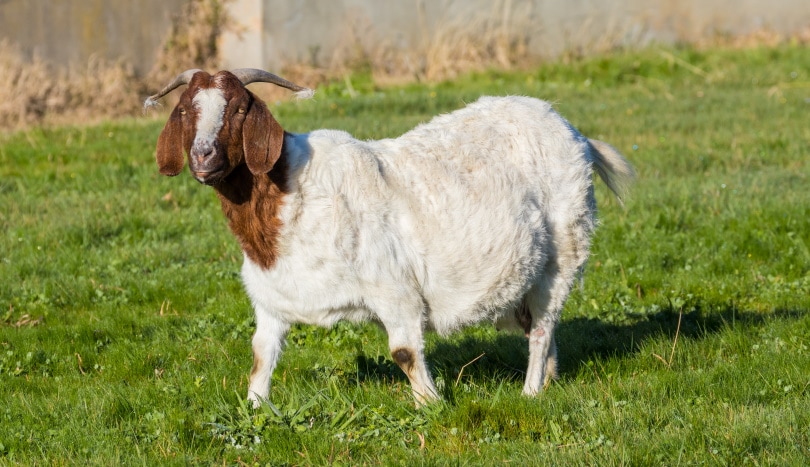
How humane is goat farming?
[British Goat Society]The production of goats can be humane if it’s done correctly, but goat farming has the potential to be just as problematic as cattle farming. Frequently, goats are mistreated to produce kids, milk, and meat as fast as possible due to supply and demand. Housing, feeding, and general management strategies need to be adjusted to accommodate the large number of goats needed to justify a goat dairy enterprise.
Are goats good for UK hobby farmers?
Grazing livestock is an important part of a hobby farmer’s operation, and there are many different types of livestock that can be used for this purpose. Goats are a popular option because they are easy to care for, provide plenty of milk and meat, and aren’t as expensive to buy as other types of livestock. However, there are a few things to keep in mind before adding goats to your farm. First, be sure to find a goat breed that fit your specific needs. Some good options include the Saanen or Toggenburg breeds, both of which are known for their milk production.
If you’re looking for meat, however, you’ll need to select a breed that is suited for butchering. Additionally, be aware of the terrain on which you plan to keep your goats.
How many goats are there in the world?
[Pet Keen]There are an estimated 1 billion goats in the world—and they are found on every continent except Antarctica. Most goat populations live in Africa, but there are also significant numbers of goats in Asia, Europe, and North and South America. Goats are especially common in rural areas where they provide milk, meat, and fiber for people and animals.
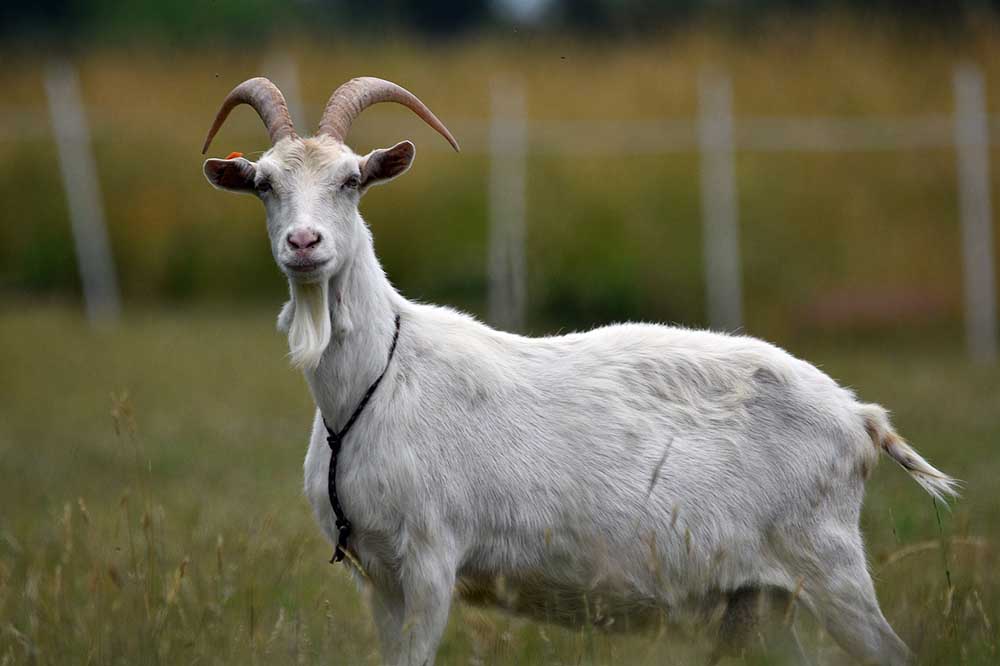
How many sheep are there in the UK?
[Gov.uk] [Statistica]In 2022, there were just over 14.9 million sheep and lambs in England. Sheep and lambs vastly outnumber goats and kids. This is because goat meat is much less popular than lamb and mutton in British households. It is unlikely that goats will ever overtake sheep in terms of their prevalence on menus in the United Kingdom.
Conclusion
In conclusion, there are an estimated 110,00 goats in the UK, which is a small fraction of the global population but still an important part of the agricultural landscape. Goats are efficient milk producers and can be used for a variety of tasks, including fiber and meat production. There is a growing demand for goat products, which should mean that the number of goats in the UK will continue to rise.
If you are interested in raising goats, be sure to research the process thoroughly and consult with an established goat farmer. There are many choices to be made when it comes to raising goats, so finding a strategy that fits your specific circumstances and needs is key.
Featured Image Credit: Artur Pawlak, Pixabay





